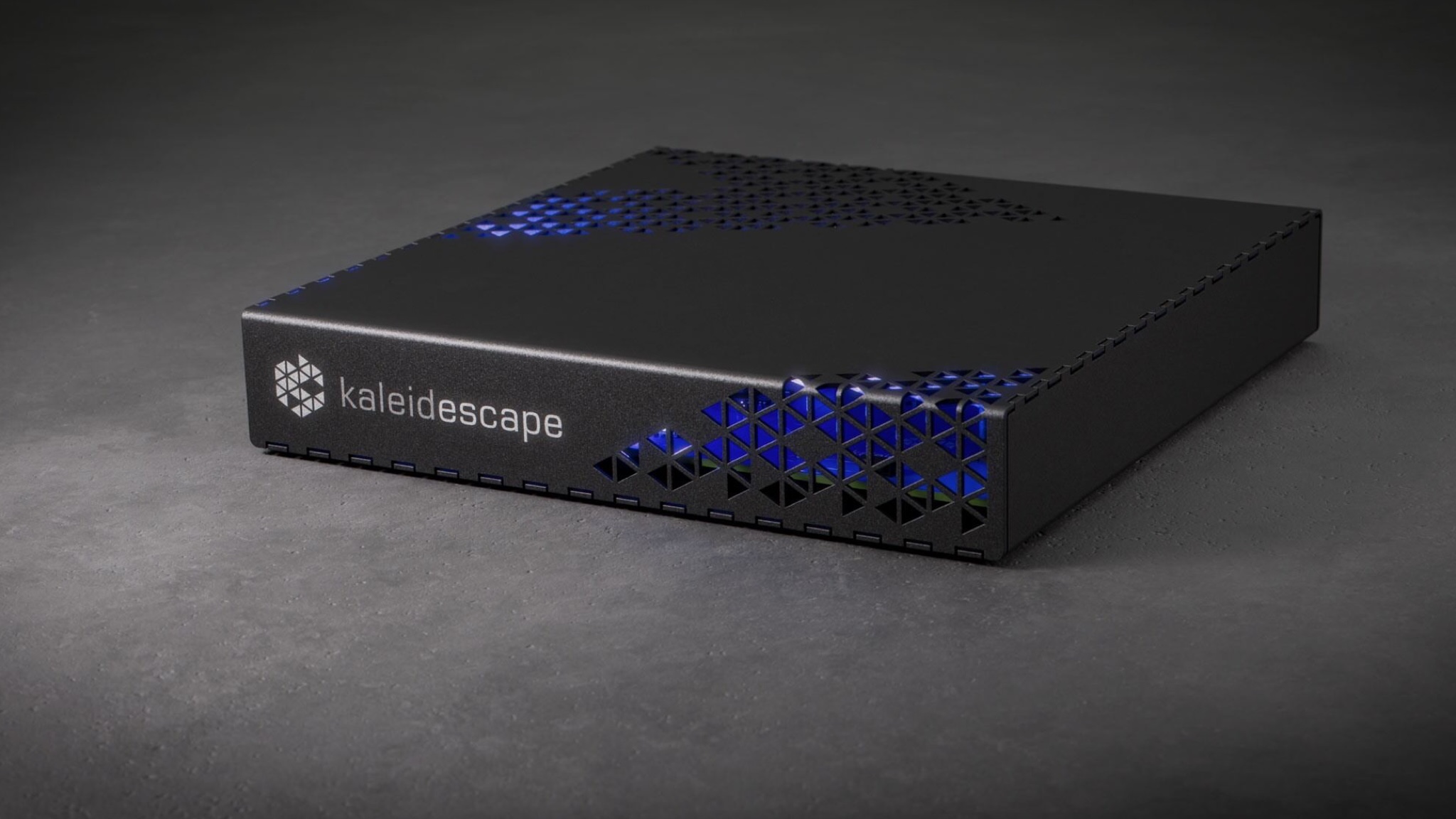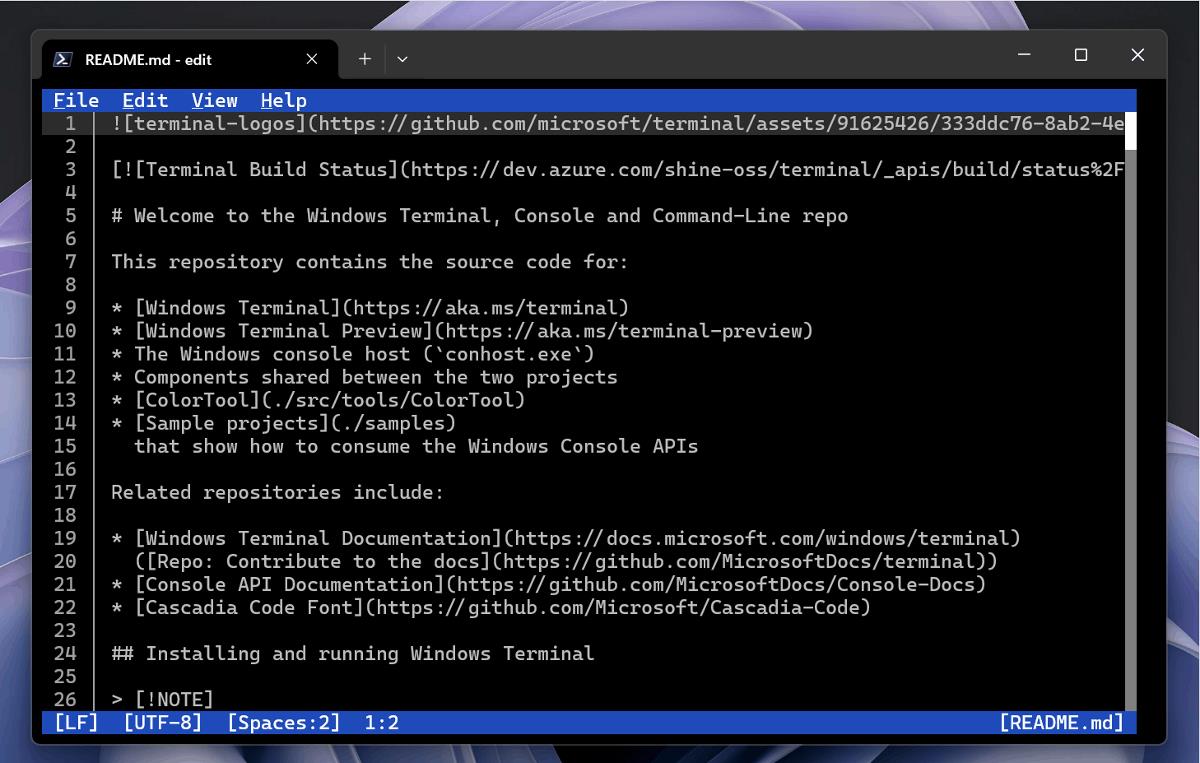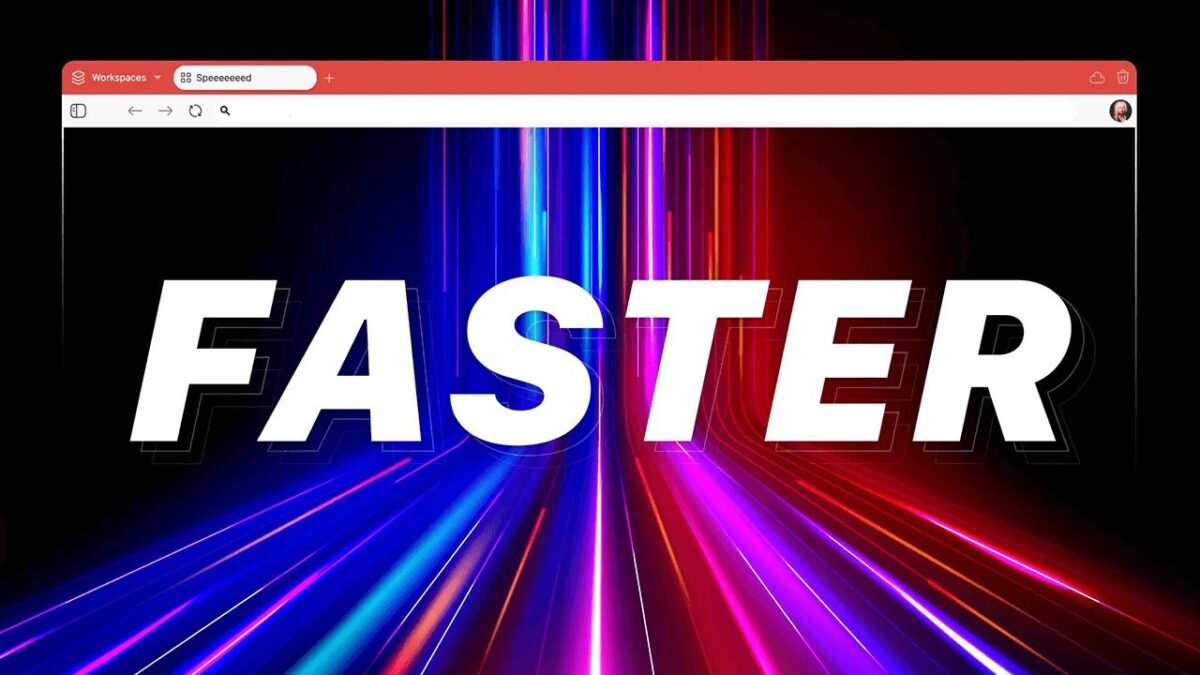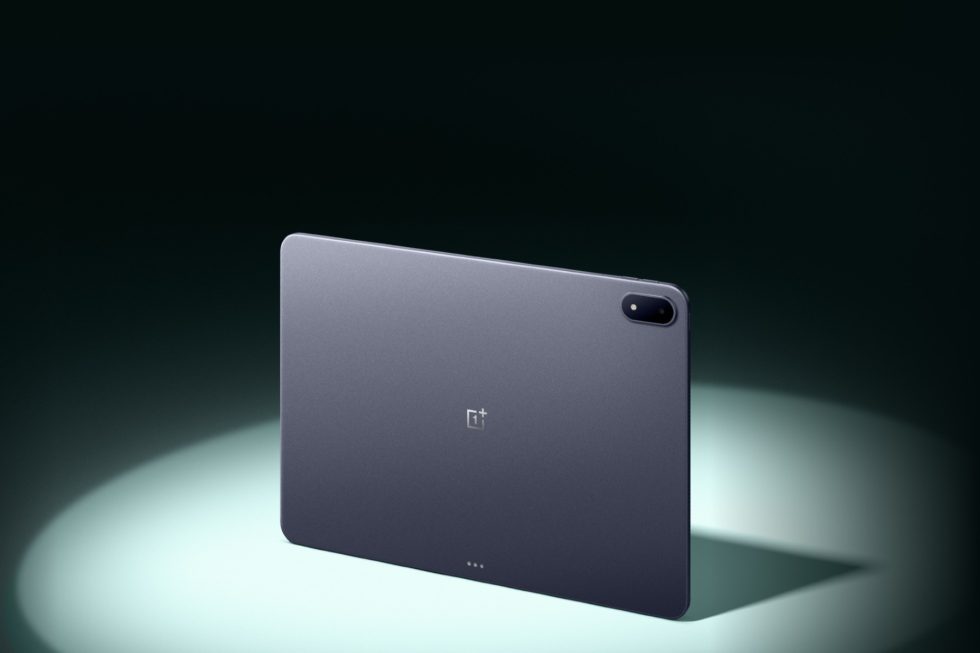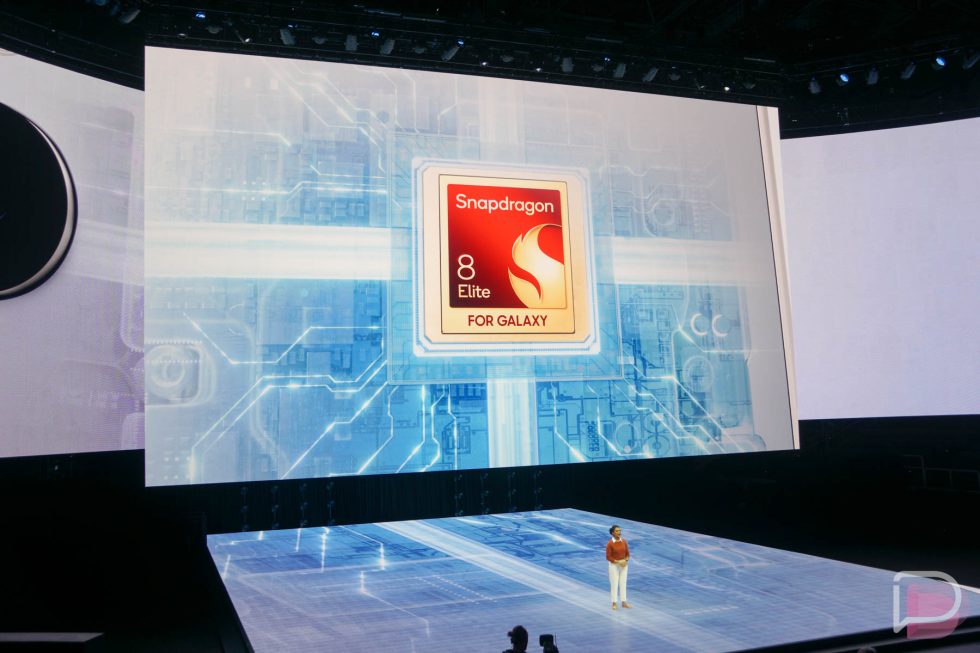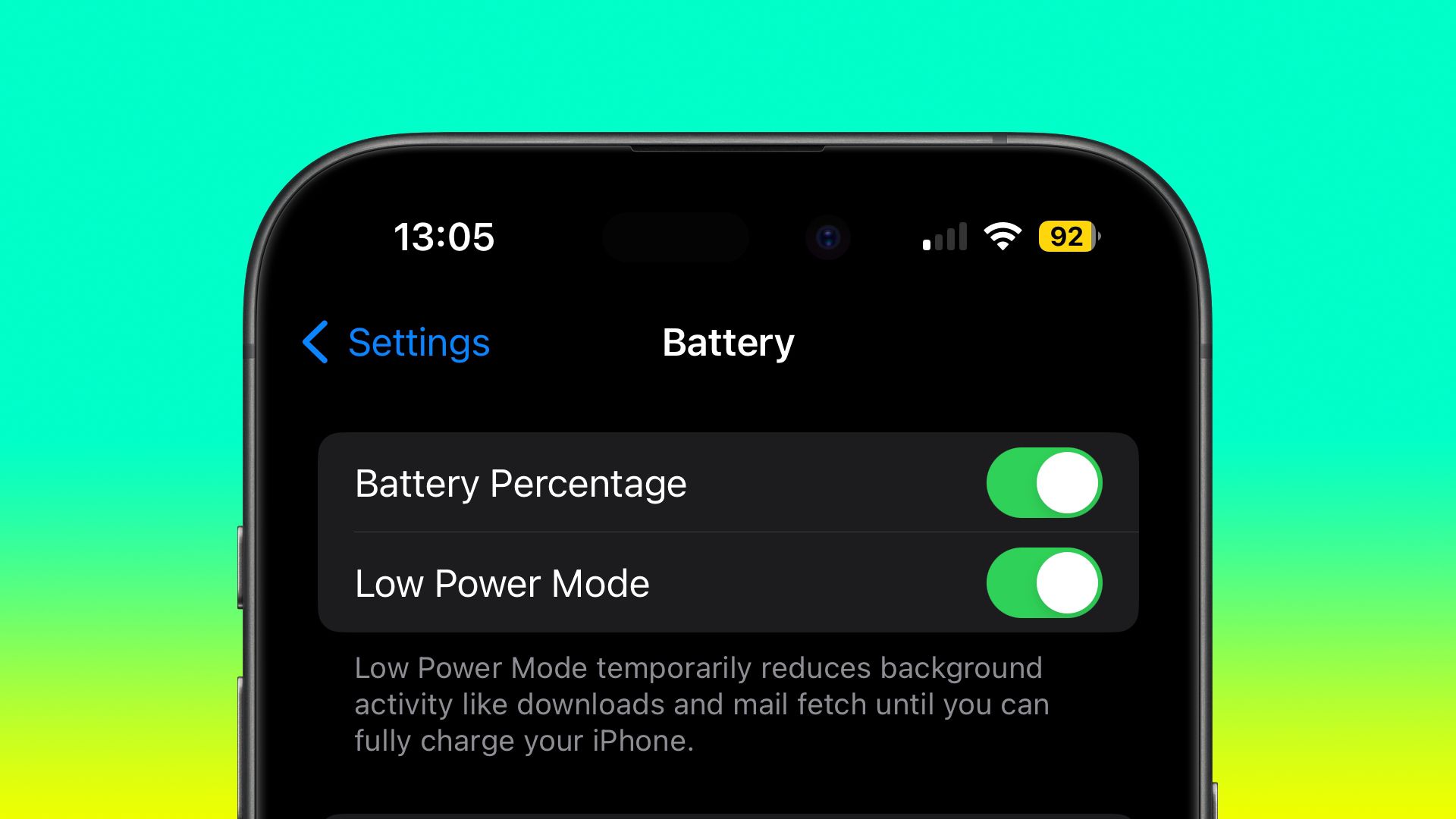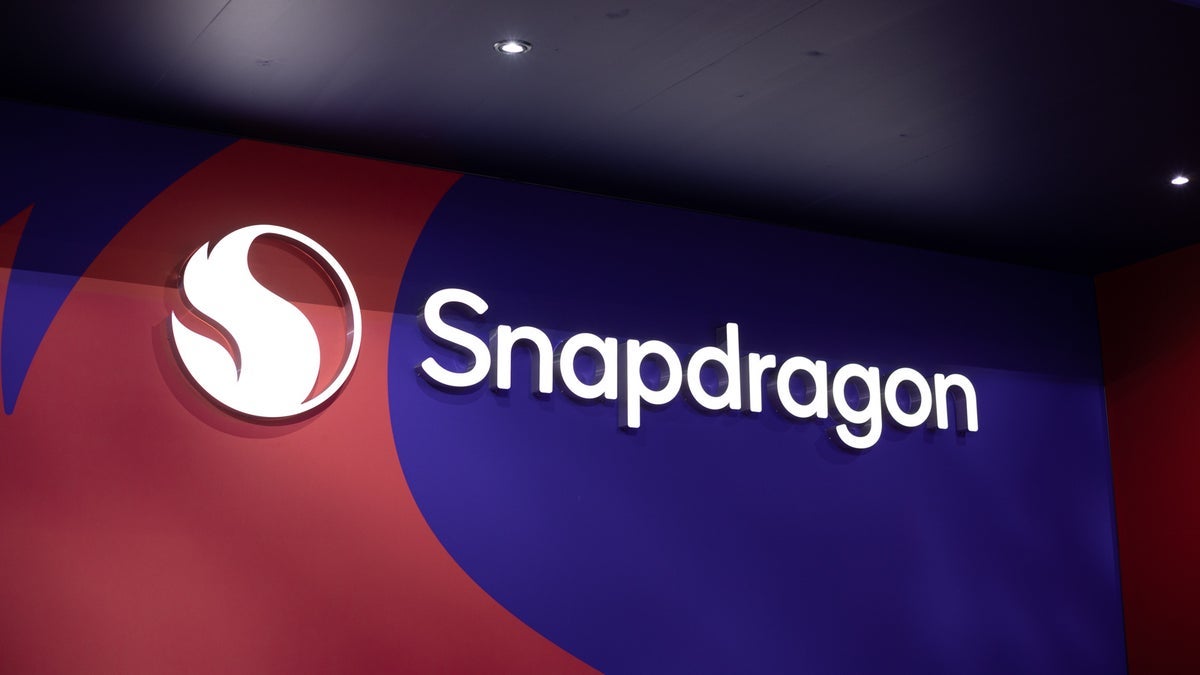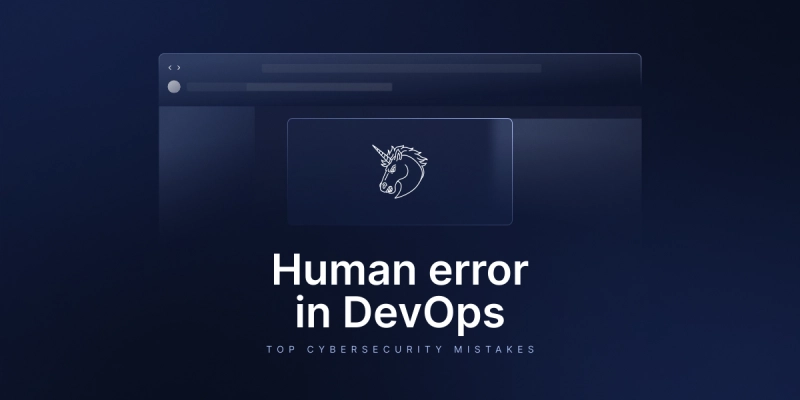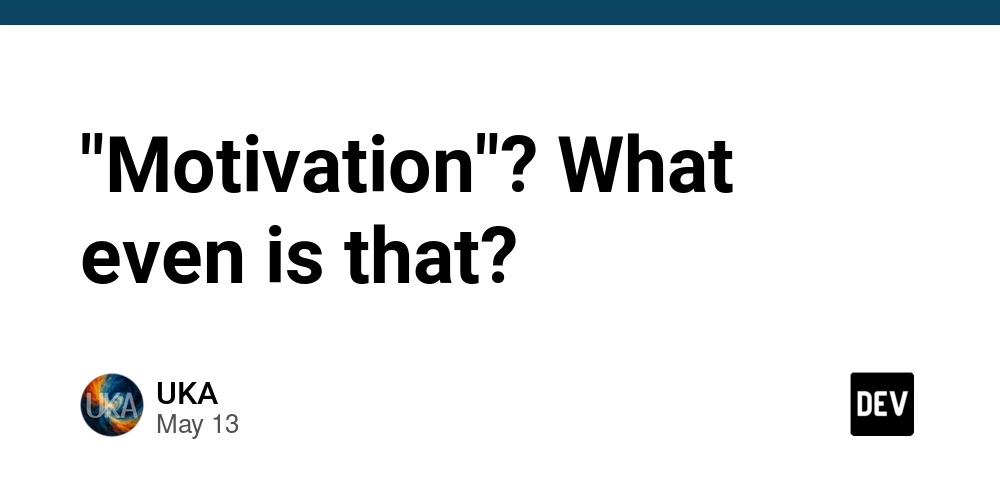Qdrant Cloud vs. Zilliz Cloud: A Technical Audit of Vector Database Solutions
As AI infrastructure evolves, selecting the right vector database is critical for balancing performance, scalability, and cost. This audit evaluates two leading managed solutions — Qdrant Cloud and Zilliz Cloud —across five core dimensions to guide technical decision-makers. Performance Benchmarks Qdrant Cloud leverages Rust’s memory efficiency to deliver single-digit millisecond latencies in nearest-neighbor searches, excelling in real-time applications like recommendation systems. Its hybrid search capabilities (combining vector and metadata filtering) optimize query precision without compromising speed. Zilliz Cloud, built on Milvus’ distributed architecture, shines in high-throughput scenarios, handling over 10,000 queries per second (QPS) in benchmark tests. Its segment-based storage and query scheduling minimize resource contention, making it suitable for large-scale AI pipelines. Takeaway: Qdrant suits latency-sensitive workloads; Zilliz dominates at scale. Architectural Design Qdrant employs a single-node architecture with optional replication, prioritizing simplicity and deterministic performance. Its gRPC/HTTP APIs and lightweight SDKs enable rapid integration but may require manual scaling for petabyte-level datasets. Zilliz adopts a cloud-native, distributed framework with automatic sharding and load balancing. Its decoupled storage-compute model (using object storage for vectors) ensures elasticity, though this introduces minor latency overhead during cross-node data retrieval. Takeaway: Qdrant offers “set-and-forget” simplicity; Zilliz provides enterprise-grade elasticity. Ecosystem Integration Zilliz leads in toolchain compatibility, offering native connectors for PyTorch, TensorFlow, and LangChain. Its RESTful API supports complex metadata filtering and integrates seamlessly with Kubernetes-based MLOps platforms. Qdrant focuses on developer experience, providing Python-centric async client libraries and prebuilt Docker images. While its ecosystem is narrower, its OpenAI and Cohere integrations simplify GenAI prototyping. Takeaway: Zilliz suits mature ML teams; Qdrant accelerates MVP development. Pricing Models Qdrant’s usage-based pricing (starting at $0.10/GB-month) appeals to startups with unpredictable workloads. However, costs scale linearly with data volume, potentially exceeding budgets for large embeddings. Zilliz employs tiered subscriptions (from $200/month) with included support and SLAs. While pricier upfront, its bulk discounts and reserved capacity options benefit enterprises with steady growth. Takeaway: Qdrant minimizes initial costs; Zilliz optimizes long-term TCO. Operational Considerations Qdrant’s managed service handles backups and minor version updates but leaves scaling decisions to users. Zilliz provides full lifecycle automation, including zero-downtime upgrades and cross-region replication—critical for global deployments. Audit Conclusion For real-time applications with 1B vectors) and enterprise-grade reliability should prioritize Zilliz Cloud. Always validate choices against actual workload patterns through proof-of-concept testing. Note: Performance metrics derived from public benchmarks; actual results may vary based on implementation. This analysis reflects technical merits without vendor bias, aligning with infrastructure auditing best practices. For teams lacking in-house expertise, third-party load testing is recommended before commitment.
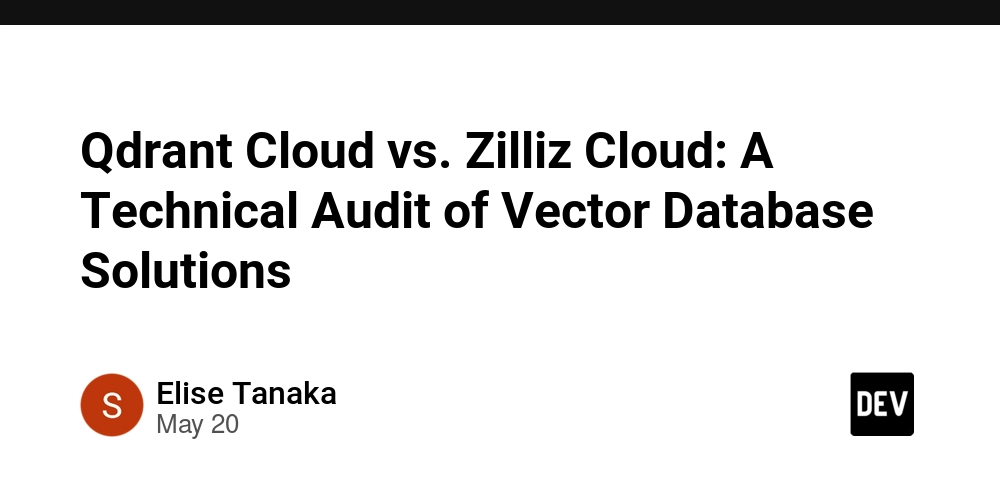
As AI infrastructure evolves, selecting the right vector database is critical for balancing performance, scalability, and cost. This audit evaluates two leading managed solutions — Qdrant Cloud and
Zilliz Cloud —across five core dimensions to guide technical decision-makers.
- Performance Benchmarks Qdrant Cloud leverages Rust’s memory efficiency to deliver single-digit millisecond latencies in nearest-neighbor searches, excelling in real-time applications like recommendation systems. Its hybrid search capabilities (combining vector and metadata filtering) optimize query precision without compromising speed.
Zilliz Cloud, built on Milvus’ distributed architecture, shines in high-throughput scenarios, handling over 10,000 queries per second (QPS) in benchmark tests. Its segment-based storage and query scheduling minimize resource contention, making it suitable for large-scale AI pipelines.
Takeaway: Qdrant suits latency-sensitive workloads; Zilliz dominates at scale.
- Architectural Design Qdrant employs a single-node architecture with optional replication, prioritizing simplicity and deterministic performance. Its gRPC/HTTP APIs and lightweight SDKs enable rapid integration but may require manual scaling for petabyte-level datasets.
Zilliz adopts a cloud-native, distributed framework with automatic sharding and load balancing. Its decoupled storage-compute model (using object storage for vectors) ensures elasticity, though this introduces minor latency overhead during cross-node data retrieval.
Takeaway: Qdrant offers “set-and-forget” simplicity; Zilliz provides enterprise-grade elasticity.
- Ecosystem Integration Zilliz leads in toolchain compatibility, offering native connectors for PyTorch, TensorFlow, and LangChain. Its RESTful API supports complex metadata filtering and integrates seamlessly with Kubernetes-based MLOps platforms.
Qdrant focuses on developer experience, providing Python-centric async client libraries and prebuilt Docker images. While its ecosystem is narrower, its OpenAI and Cohere integrations simplify GenAI prototyping.
Takeaway: Zilliz suits mature ML teams; Qdrant accelerates MVP development.
- Pricing Models Qdrant’s usage-based pricing (starting at $0.10/GB-month) appeals to startups with unpredictable workloads. However, costs scale linearly with data volume, potentially exceeding budgets for large embeddings.
Zilliz employs tiered subscriptions (from $200/month) with included support and SLAs. While pricier upfront, its bulk discounts and reserved capacity options benefit enterprises with steady growth.
Takeaway: Qdrant minimizes initial costs; Zilliz optimizes long-term TCO.
- Operational Considerations Qdrant’s managed service handles backups and minor version updates but leaves scaling decisions to users. Zilliz provides full lifecycle automation, including zero-downtime upgrades and cross-region replication—critical for global deployments.
Audit Conclusion
For real-time applications with <100M vectors, Qdrant Cloud delivers unmatched price-performance. Organizations requiring elastic scalability (>1B vectors) and enterprise-grade reliability should prioritize Zilliz Cloud. Always validate choices against actual workload patterns through proof-of-concept testing.
Note: Performance metrics derived from public benchmarks; actual results may vary based on implementation.
This analysis reflects technical merits without vendor bias, aligning with infrastructure auditing best practices. For teams lacking in-house expertise, third-party load testing is recommended before commitment.















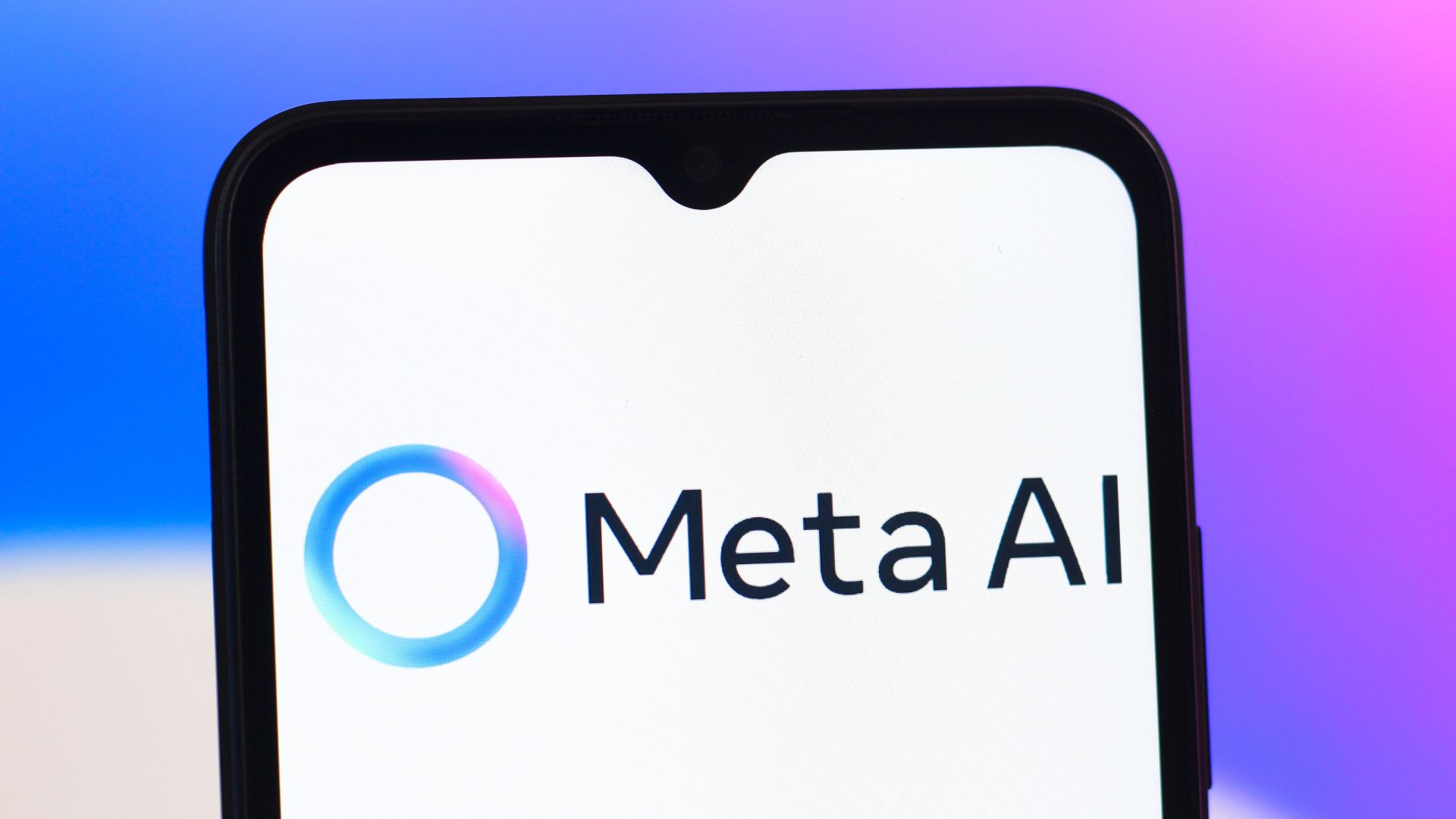










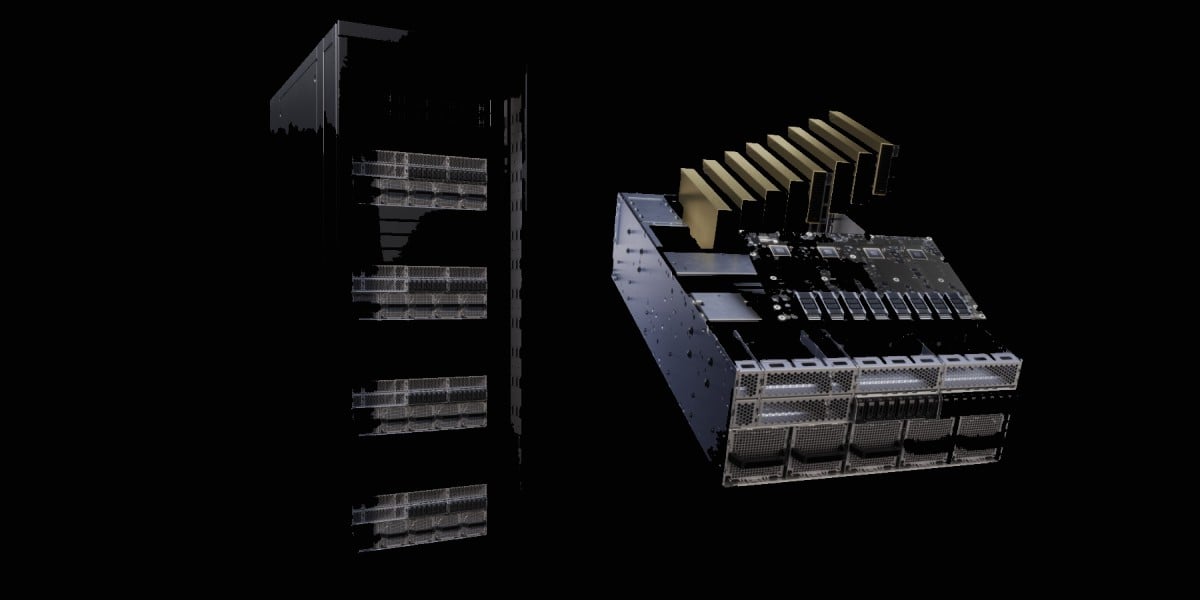



































































































































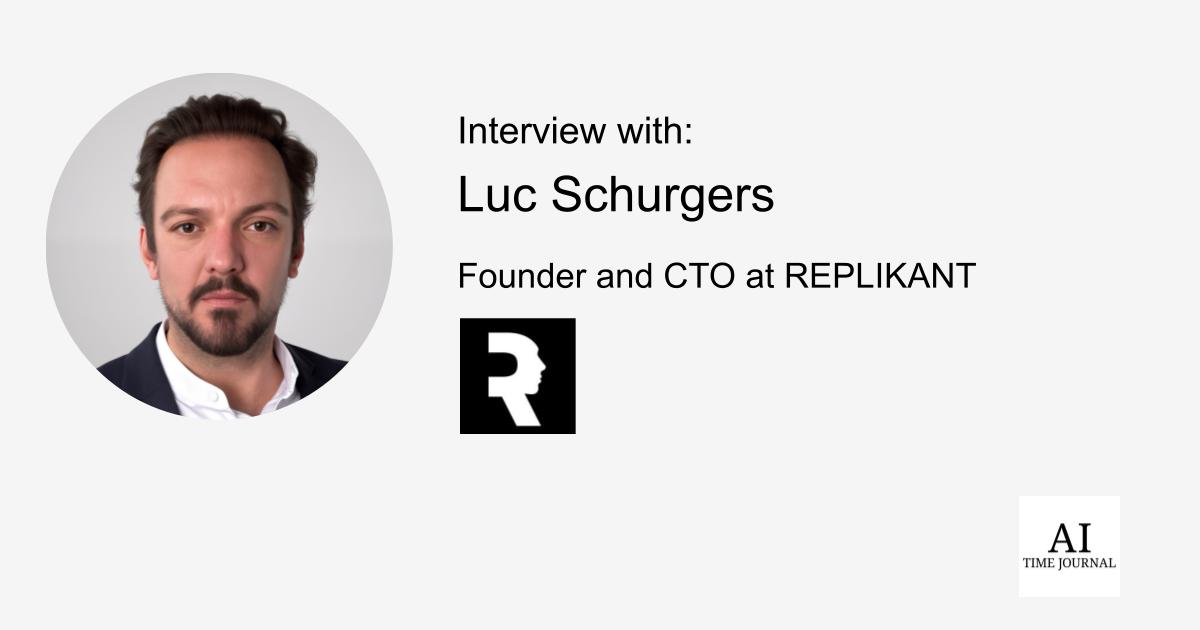









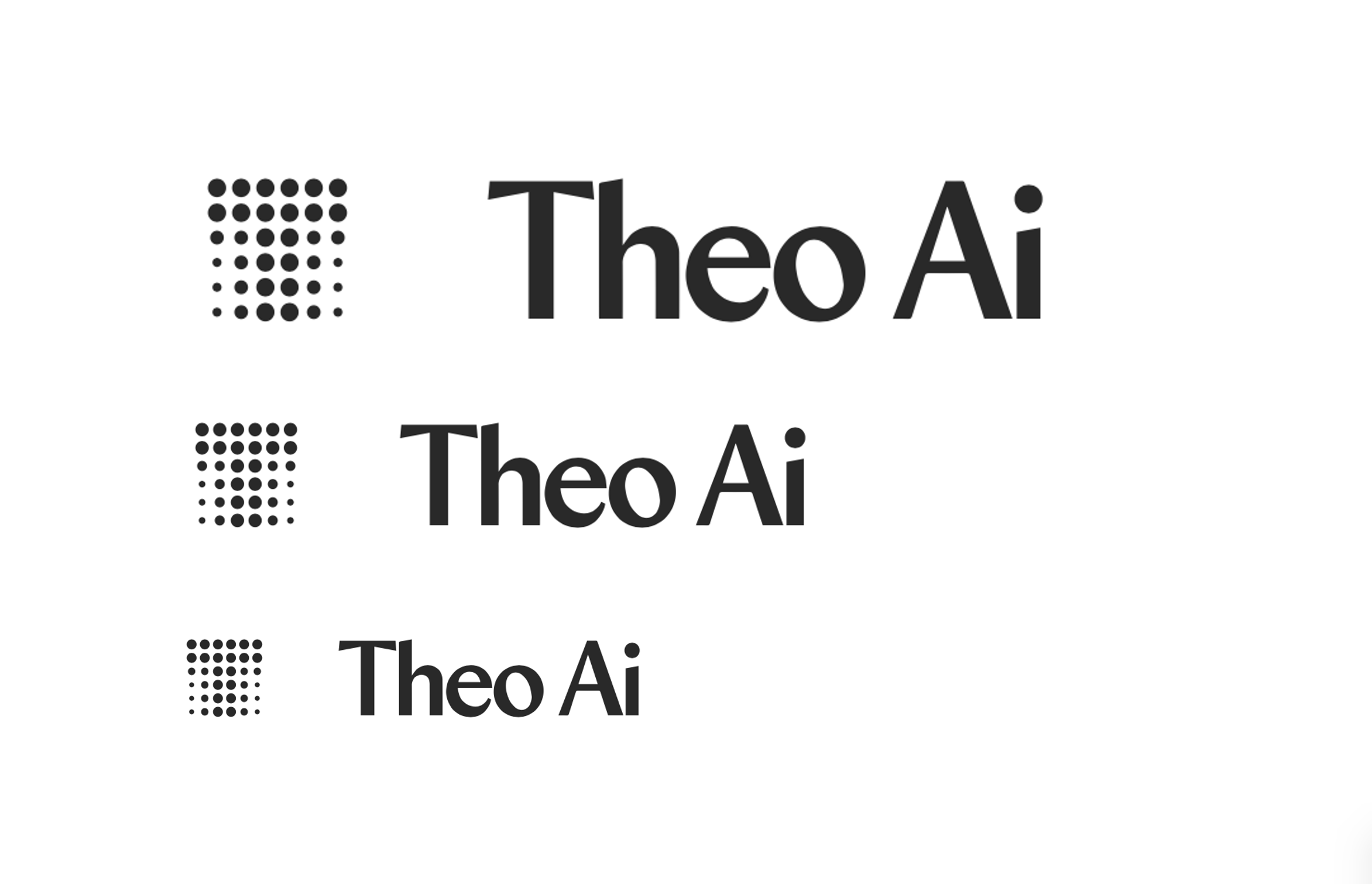





![[The AI Show Episode 146]: Rise of “AI-First” Companies, AI Job Disruption, GPT-4o Update Gets Rolled Back, How Big Consulting Firms Use AI, and Meta AI App](https://www.marketingaiinstitute.com/hubfs/ep%20146%20cover.png)








































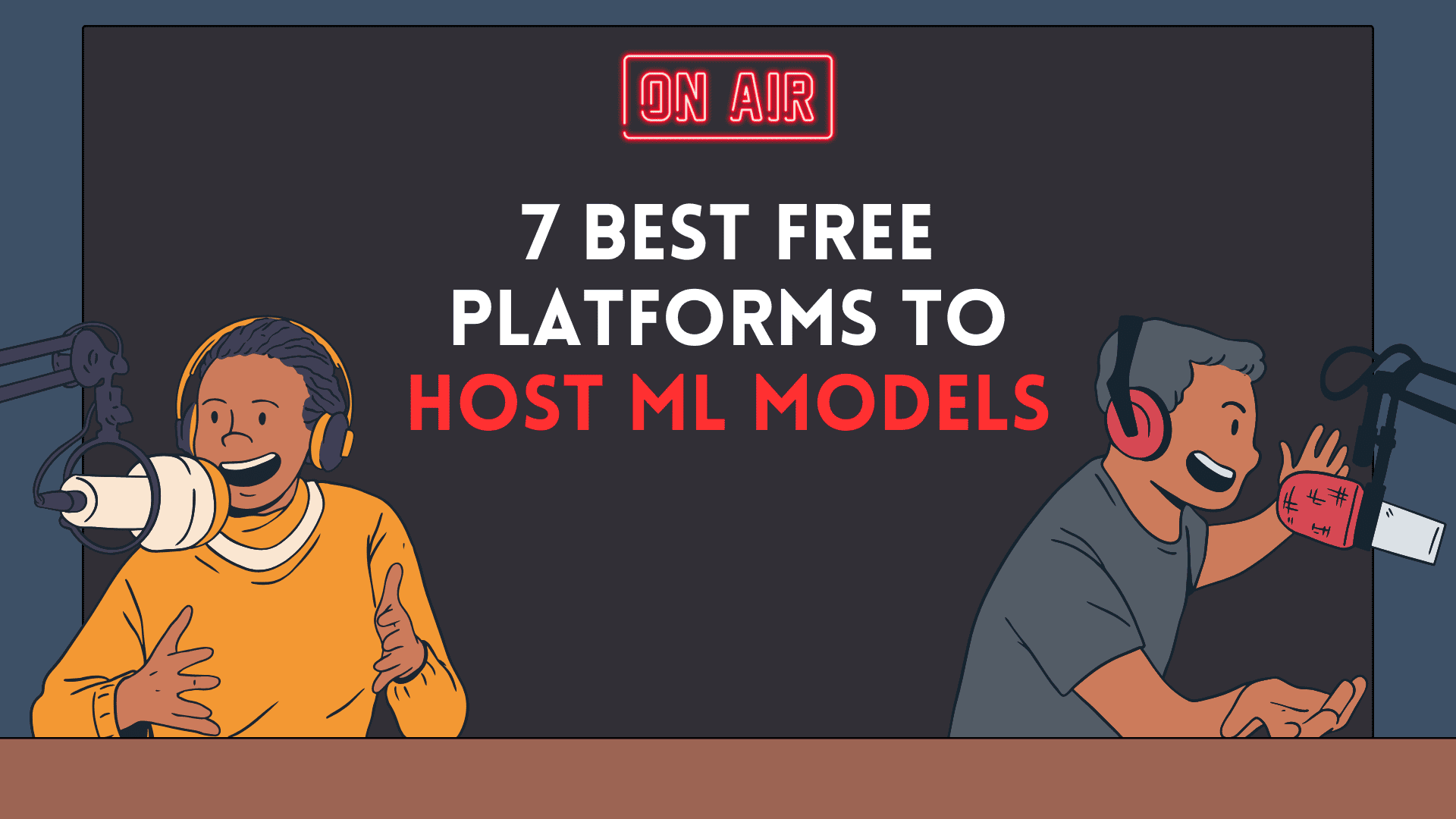



































































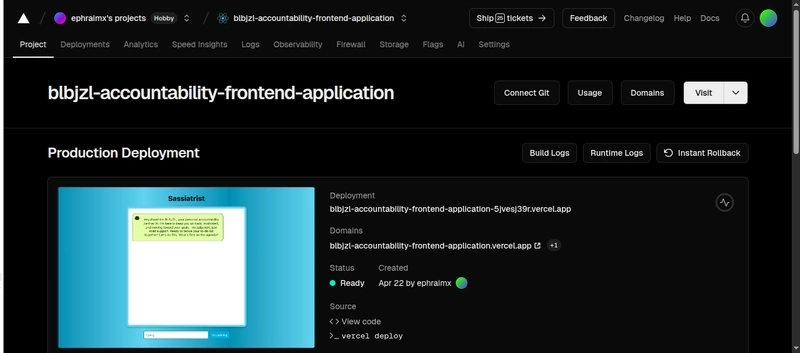












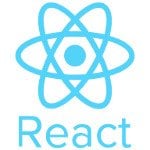




![How to make Developer Friends When You Don't Live in Silicon Valley, with Iraqi Engineer Code;Life [Podcast #172]](https://cdn.hashnode.com/res/hashnode/image/upload/v1747360508340/f07040cd-3eeb-443c-b4fb-370f6a4a14da.png?#)

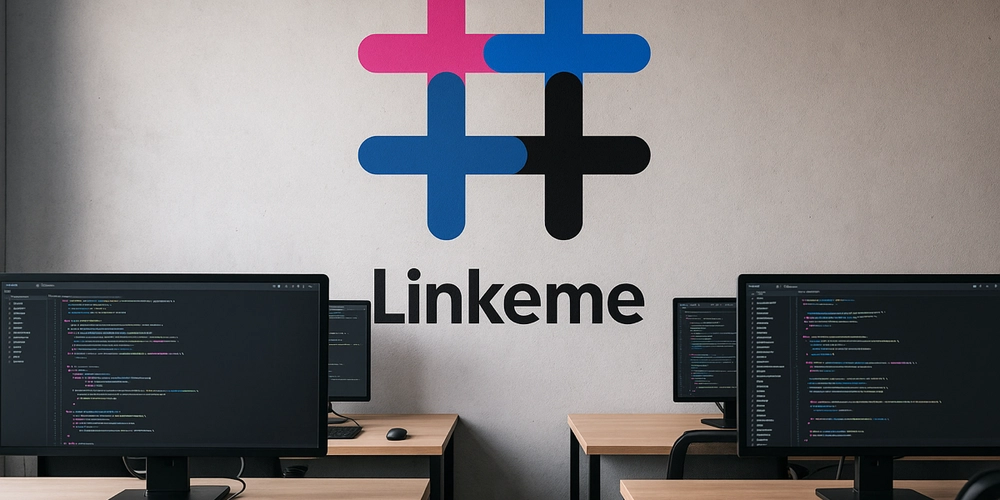













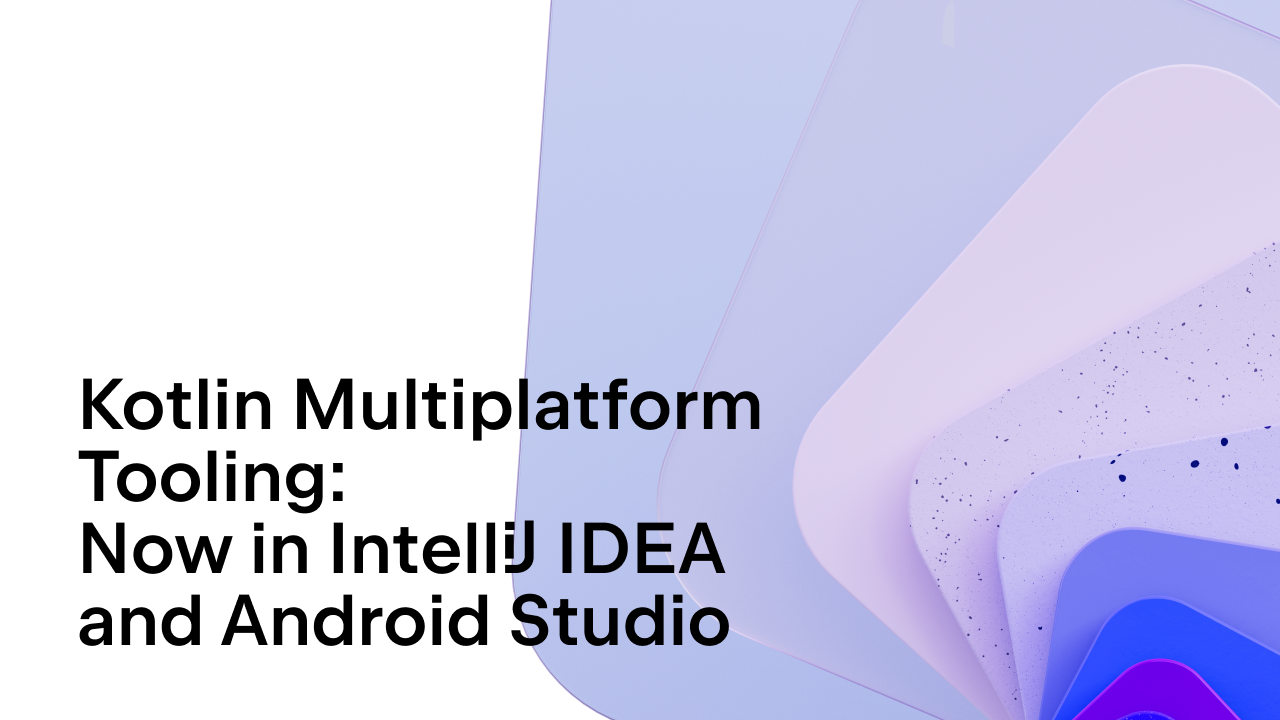





































-(1).jpg?width=1920&height=1920&fit=bounds&quality=70&format=jpg&auto=webp#)

























































.jpg?#)




.png?width=1920&height=1920&fit=bounds&quality=70&format=jpg&auto=webp#)









































































































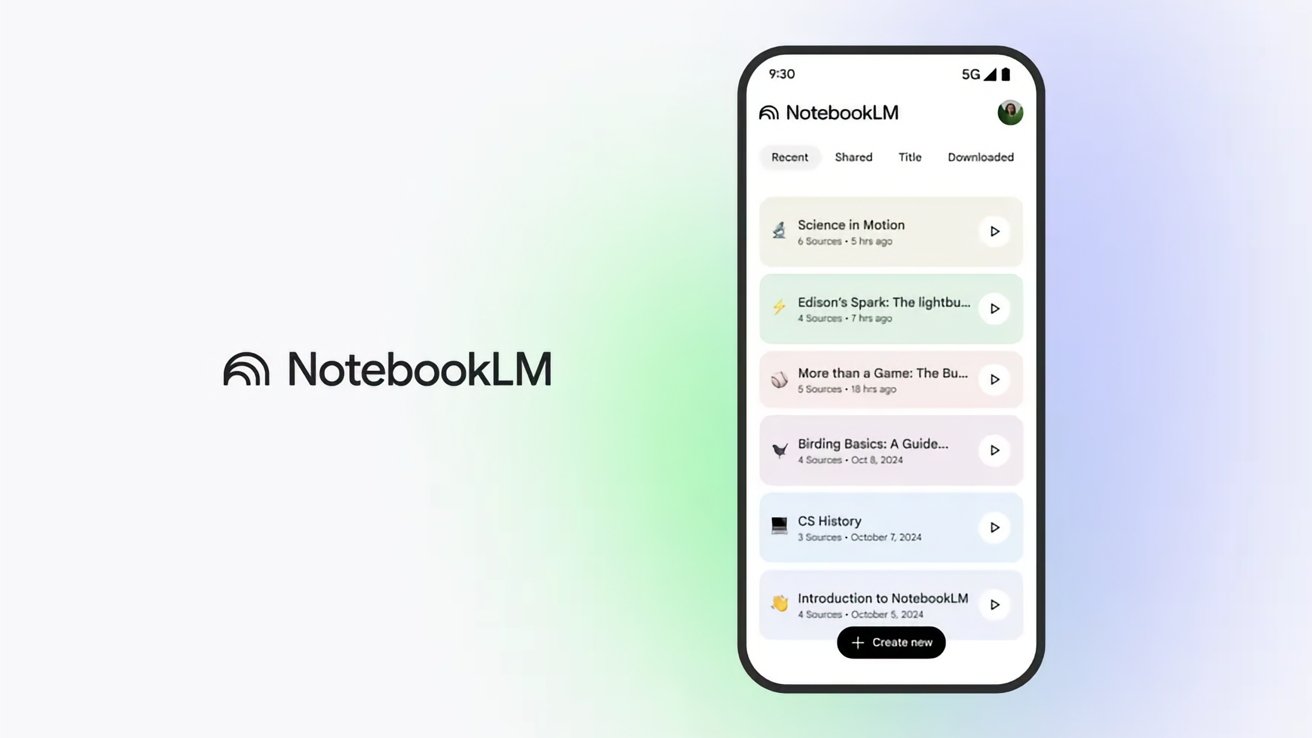



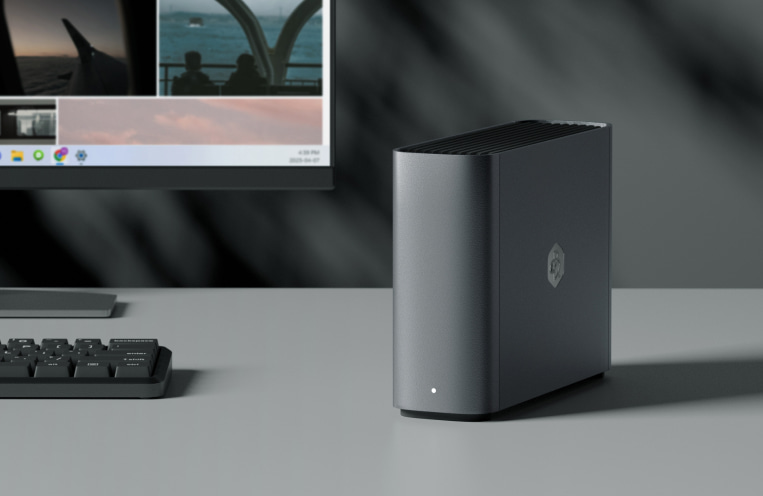








![What’s new in Android’s May 2025 Google System Updates [U: 5/19]](https://i0.wp.com/9to5google.com/wp-content/uploads/sites/4/2025/01/google-play-services-1.jpg?resize=1200%2C628&quality=82&strip=all&ssl=1)

















![Apple's iPhone Shift to India Accelerates With $1.5 Billion Foxconn Investment [Report]](https://www.iclarified.com/images/news/97357/97357/97357-640.jpg)
![Apple Releases iPadOS 17.7.8 for Older Devices [Download]](https://www.iclarified.com/images/news/97358/97358/97358-640.jpg)
















